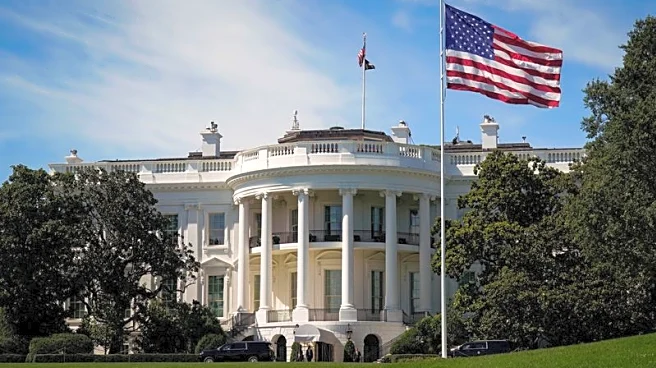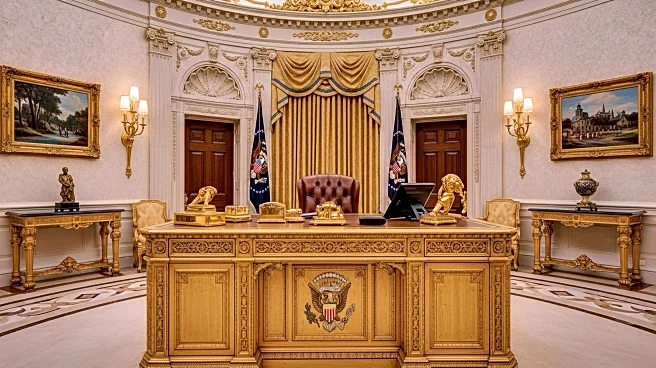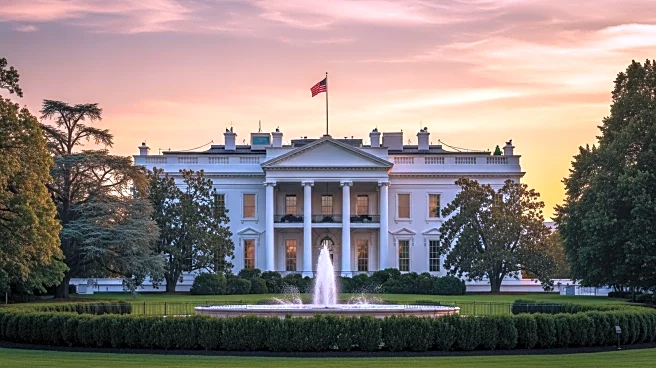What's Happening?
In early July, Congress approved a rescission request from the White House, retracting $1.1 billion in funding for the Corporation for Public Broadcasting (CPB) for fiscal years 2026 and 2027. This decision has led to the impending shutdown of CPB, which will cease its grant support to local stations effective September 30, 2025. The defunding impacts public radio stations nationwide, including High Plains Public Radio (HPPR), which relies on CPB for vital shared services such as satellite systems, music royalties, and emergency warning systems. HPPR faces a significant financial challenge, estimating a loss of $550,000 over two years due to the withdrawal of CPB support.
Why It's Important?
The defunding of CPB represents a substantial shift in public media funding, affecting the ability of stations like HPPR to provide diverse and unbiased journalism. Public media plays a crucial role in delivering educational, cultural, and civic content, especially in regions with limited media access. The loss of funding threatens the sustainability of these services, potentially leading to reduced programming and coverage. This situation underscores the importance of public media in maintaining informed communities and highlights the challenges faced by stations in adapting to financial constraints.
What's Next?
HPPR has launched the 'Up to Us' campaign to bridge the funding gap left by CPB's defunding. The campaign aims to raise $550,000 by the end of the year to sustain operations and avoid drastic service cuts. HPPR plans to enhance its local and regional news services through the High Plains Civic Media Network, supported by a $750,000 grant from Press Forward. This initiative seeks to expand HPPR's audience and support base, ensuring long-term sustainability and continued service to the High Plains region.
Beyond the Headlines
The defunding of CPB may prompt public media organizations to reevaluate their funding models and explore alternative revenue streams. This situation highlights the vulnerability of public media to political decisions and the need for diversified funding sources. The development of the High Plains Civic Media Network represents a strategic shift towards regional collaboration, potentially setting a precedent for other public media entities facing similar challenges.












